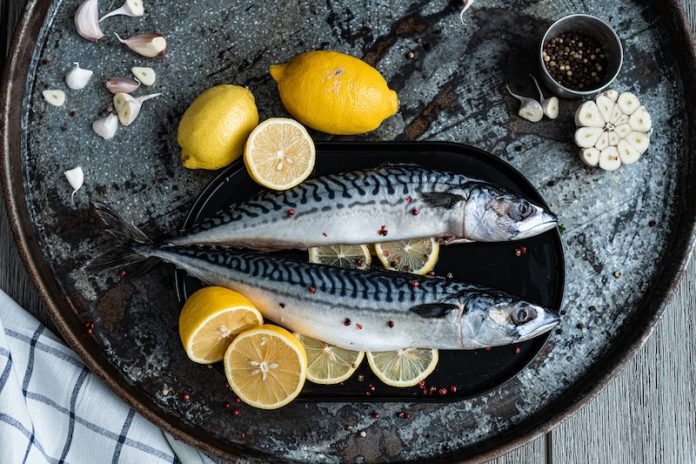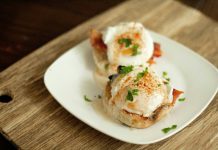
Think of your liver as your body’s personal detoxifying superstar, tirelessly working to purify your blood and break down harmful substances.
Fatty liver disease, where excess fat is stored in your liver cells, could curtain its stellar performances, impacting overall health. Let’s explore what our plates might do to either encore or inhibit our liver’s show, all in a simplistic, easy-to-understand way.
Heroes in the Liver League: Foods That Fight Fatty Buildup
Several foods are liver-loving heroes, continuously fighting against the villains of fatty buildup. These dietary saviors, with scientific backing, play a pivotal role in maintaining and enhancing hepatic health:
Greens and Grains: A study in the Journal of Gastroenterology and Hepatology pointed out that whole grains and leafy greens have potential liver benefits. These fibrous foods might help control liver fat, especially in people with Non-Alcoholic Fatty Liver Disease (NAFLD).
Nuts and Fish: Omega-3 fatty acids, found in certain fish like salmon and in nuts, have been celebrated for their potential to manage fat levels in the liver. A study in the World Journal of Gastroenterology highlighted how omega-3 fatty acids might aid in reducing liver fat and inflammation in people with NAFLD.
Including these nutrient-rich foods in our diet can be a small step toward safeguarding our liver and ensuring it continues its detoxifying dance gracefully.
The Liver’s List of Villains: Foods that Might Menace Hepatic Health
On the flip side, there are foods and drinks that could play a devious role, potentially enhancing the risk of fatty liver disease:
Sugar, the Sneaky Foe: According to a review in the Journal of Hepatology, high sugar intake, especially from sugary drinks, has been linked to an increased risk of NAFLD. The liver processes all the sugar we consume, and too much of it might be stored as fat in the liver cells.
Trans Fats Trauma: Trans fats, often found in processed foods like cakes, pies, and certain margarines, are not only bad for our heart but also for our liver. The European Journal of Clinical Nutrition noted that a higher intake of trans fats might be associated with an increased risk of liver dysfunction.
So, ensuring we limit these potential hepatic hazards might be crucial in maintaining the optimal functioning of our liver, keeping fatty liver disease at bay.
Balancing the Act: A Symphony of Inclusion and Exclusion
Just like a well-conducted symphony, our diet needs a harmonious balance of inclusion (healthy foods) and exclusion (potentially harmful ones) to create a melody of overall well-being, especially concerning our liver:
Moderation is Key: Even within healthy foods, moderation is crucial. For instance, while nuts are beneficial, they are also high in calories, and consuming them in excessive amounts can lead to other health issues.
Personalized Diet Plan: Different bodies respond differently to various foods. A diet plan that works wonders for one might not wield the same magic for another. It’s crucial to formulate a diet plan considering individual health conditions, preferences, and tolerances.
Concluding our culinary journey through liver health, it’s crucial to remember that while our plate plays a pivotal role, several factors contribute to the development and management of fatty liver disease, including genetics and lifestyle.
Thus, a holistic approach, incorporating a balanced diet, regular exercise, and regular health check-ups, might create a symphony of health and wellness, with our liver singing the lead, strong and robust.
Always consult a healthcare professional before making any significant changes to your diet or lifestyle, ensuring your journey is tailored, safe, and sound.
Follow us on Twitter for more articles about this topic.
Copyright © 2023 Scientific Diet. All rights reserved.








